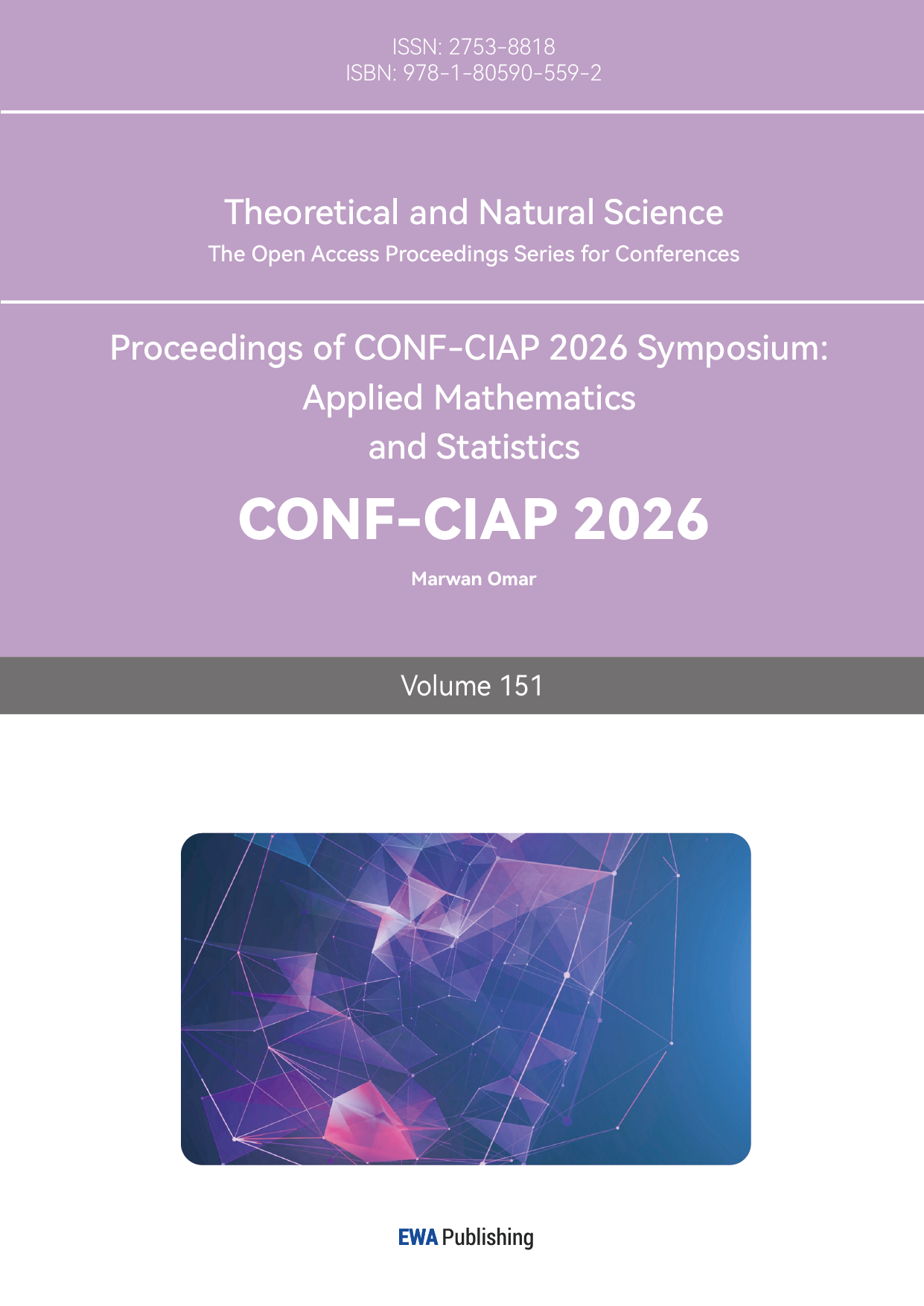References
[1]. Rozi, G., Mavromatis, G., Toubekis, A., & Ozen, S. (2018, January 1). Relationship between force parameters and performance in 100 m front crawl swimming. Sport Science, 11(1), 57–60.https: //www.researchgate.net/publication/330344100_Relationship_between_force_parameters_and_performance_in_100m_front_crawl_swimming
[2]. Figueiredo, P., Zamparo, P., Sousa, A., Vilas-Boas, J. P., & Fernandes, R. J. (2013). Interplay of biomechanical, energetic, coordinative, and muscular factors in a 200 m front crawl swim. BioMed Research International, 897232. https: //doi.org/10.1155/2013/897232
[3]. Breiman, L. (2001, October). Random Forests. Machine Learning, 45(1), 5–32. https: //doi.org/10.1023/A: 1010933404324
[4]. Cortes, C., & Vapnik, V. (1995, September). Support-vector networks. Machine Learning, 20(3), 273–297. https: //doi.org/10.1007/BF00994018
[5]. Bunker, R. P., & Thabtah, F. (2019, January). A machine learning framework for sport result prediction. Applied Computing and Informatics, 15(1), 27–33. https: //doi.org/10.1016/j.aci.2017.09.005
[6]. Xie, J., Wang, J., Zhang, Z., & Zhang, Y. (2016, October). Machine learning of swimming data via wisdom of crowd and regression analysis. Mathematical Biosciences and Engineering, 13(6), 9–19. https: //doi.org/10.3934/mbe.2017031
[7]. Rudin, C. (2019, May). Stop explaining black box machine learning models for high-stakes decisions and use interpretable models instead. Nature Machine Intelligence, 1(5), 206–215. https: //doi.org/10.1038/s42256-019-0048-x
[8]. Lundberg, S. M., & Lee, S.-I. (2017, November 24). A unified approach to interpreting model predictions. Proceedings of NIPS (arXiv: 1705.07874). https: //arxiv.org/abs/1705.07874
[9]. justinr111. (2024). NCAA 100 Freestyle 2015–2024 (Kaggle dataset). Kaggle. https: //www.kaggle.com/datasets/justinr111/ncaa-100-freestyle-2015-2024
[10]. NCAA Men’s Swimming. (2025, March 30). 10 Years of the Men’s 100 Freestyle – NCAA Edition (2014-2024) [Video]. YouTube. https: //youtu.be/YpVjiKIgS6g
[11]. Scikit-learn developers. (2023). LinearRegression. scikit-learn 1.7.2 documentation. https: //scikit-learn.org/stable/modules/generated/sklearn.linear_model.LinearRegression.html
[12]. Scikit-learn developers. (2023). RandomForestRegressor. scikit-learn 1.7.2 documentation. https: //scikit-learn.org/stable/modules/generated/sklearn.ensemble.RandomForestRegressor.html
[13]. Scikit-learn developers. (2023). KNeighborsRegressor. scikit-learn 1.7.2 documentation. https: //scikit-learn.org/stable/modules/generated/sklearn.neighbors.KNeighborsRegressor.html
[14]. Scikit-learn developers. (2023). RandomForestClassifier. scikit-learn 1.7.2 documentation. https: //scikit-learn.org/stable/modules/generated/sklearn.ensemble.RandomForestClassifier.html
[15]. Scikit-learn developers. (2023). KNeighborsClassifier. scikit-learn 1.7.2 documentation. https: //scikit-learn.org/stable/modules/generated/sklearn.neighbors.KNeighborsClassifier.html
[16]. Scikit-learn developers. (2023). SVC. scikit-learn 1.7.2 documentation. https: //scikit-learn.org/stable/modules/generated/sklearn.svm.SVC.html



